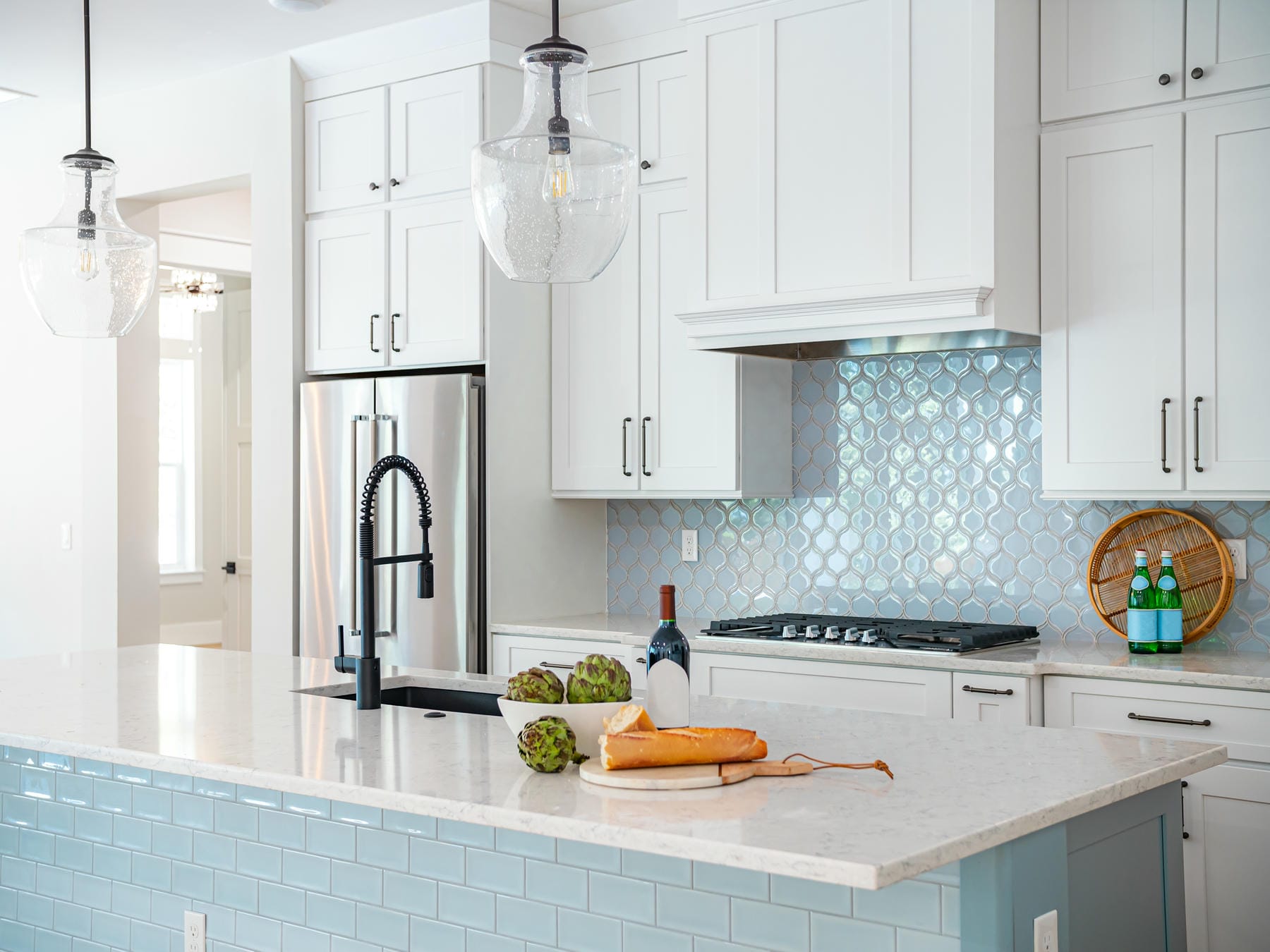The kitchen is the heart of a home, where culinary creativity meets family tradition. It is no wonder that one of the most impactful ways to revitalize this cherished space is by updating the kitchen cabinets. With a fresh coat of paint, you can transform tired, outdated cabinets into a stylish statement that revitalizes your entire kitchen. Legacy Painting is here to help you navigate the process, whether you are rolling up your sleeves for a DIY project or considering the expertise of a professional.
The Cost/Benefits of DIY vs. Hiring a Professional Cabinet Painter
- The DIY JourneyEmbracing the DIY approach for painting cabinets can be a rewarding journey. It offers the opportunity to learn new skills and the flexibility to work at your own pace. Financially, it’s a more budget-friendly option, as you’re saving on labor costs. The sense of accomplishment when viewing the final results of your demanding work is a unique benefit that comes with taking on the project yourself.
- Enlisting Professional ExpertiseOn the flip side, hiring a professional paint team from Legacy Painting can alleviate the stress of the project. We bring a level of expertise that ensures the job is done right the first time. Professionals are equipped to deal with the prep work, painting, and cleanup efficiently, and their experience can be particularly valuable when dealing with complex cabinet designs or if unexpected issues arise.
How Much Will Painting My Cabinets Cost?
- Calculating DIY ExpensesWhen painting cabinets yourself, expenses can include the cost of materials—high-quality brushes, rollers, paint, primer, sandpaper, and cleaner—as well as any additional tools you may need to purchase or rent. Prices can vary based on the quality and brand of supplies you choose.
- Professional Painting InvestmentsProfessional services, while more costly, encompass a broader range of expenses, including the convenience of labor, the assurance of high-quality materials, and often a warranty for the work performed. The investment also translates to a professional finish that can enhance the overall value of your home.
The Tools You Need to Paint Cabinets
The right tools are essential for achieving a professional finish. A complete toolkit for this project includes a variety of screwdrivers for removing hardware, different grits of sandpaper for prepping surfaces, quality paintbrushes, and foam rollers designed for a smooth application. You will also want to obtain painter’s tape for clean edges, drop cloths for protecting countertops and floors, and a reliable primer and paint combo that will stand up to kitchen use.
Prepping Your Kitchen Cabinets for Repainting
Meticulous preparation is the bedrock of a lasting paint job. The process involves a deep clean to remove all traces of kitchen grease and grime, followed by a thorough sanding to smooth out the surface and ensure the best possible adhesion for the primer. This stage also includes filling any gouges or cracks with a wood filler and sanding down until the filler is perfectly flush with the cabinet surface.
Choosing the Right Paint for Your Cabinets
The selection of paint will make the difference between long-lasting beauty and short-lived fashion. For cabinetry, specialty paints that are formulated to endure the rigors of kitchen life are recommended. Oil-based paints offer a hard finish and are resistant to staining, but they can yellow over time and have longer drying periods. Water based latex or water-based enamel paint creates a hard durable finish that withstands the wear and tear of frequently cleaned and used areas, all while having easy water cleanup, quick dry time, and less harsh odors. The sheen of the paint also plays a role; semi-gloss or satin finishes are often preferred for their ease of cleaning and moderate shine that hides imperfections well.
Detailed Painting Techniques
After prep, the painting begins. Apply the paint in a methodical, organized manner. Start with the cabinet frames, moving to doors and drawers. Use angled brushes to reach tight corners and foam rollers for flat panels. Each coat should be thin and even, with ample drying time in between. After the first coat, sand lightly with a fine-grit sandpaper to knock down any texture and ensure a smooth base for the second coat.
Maintaining Your Painted Cabinets
Maintenance will preserve the fresh look of your painted cabinets. Frequently cleaning with a soft cloth and non-abrasive cleaners will prevent buildup, while immediate attention to spills and splatters will help avoid stains and damage to the finish. Hardware should be cleaned and tightened regularly to prevent wear on the cabinets themselves.
Painting your kitchen cabinets is a project that can yield significant rewards, refreshing your space and increasing your home’s appeal and value. Whether you opt for a DIY approach or decide to hire a professional, the key to success lies in thorough preparation, careful execution, and ongoing maintenance. With patience and attention to detail, you can achieve a result that is both beautiful and lasting, making your kitchen a space you are proud to showcase.
If you are considering cabinet repainting, let the professionals at Legacy Painting give you an estimate to do the work for you. Legacy Painting Co professionals have the knowledge and skill to provide you with a premium job that makes your cabinets look brand new. We can save you time and effort by providing you with professional results on which you can rely. Legacy stands by our work to make sure you are satisfied with the results, backed by our three-year warranty. Contact us today to get started with your free quote.





